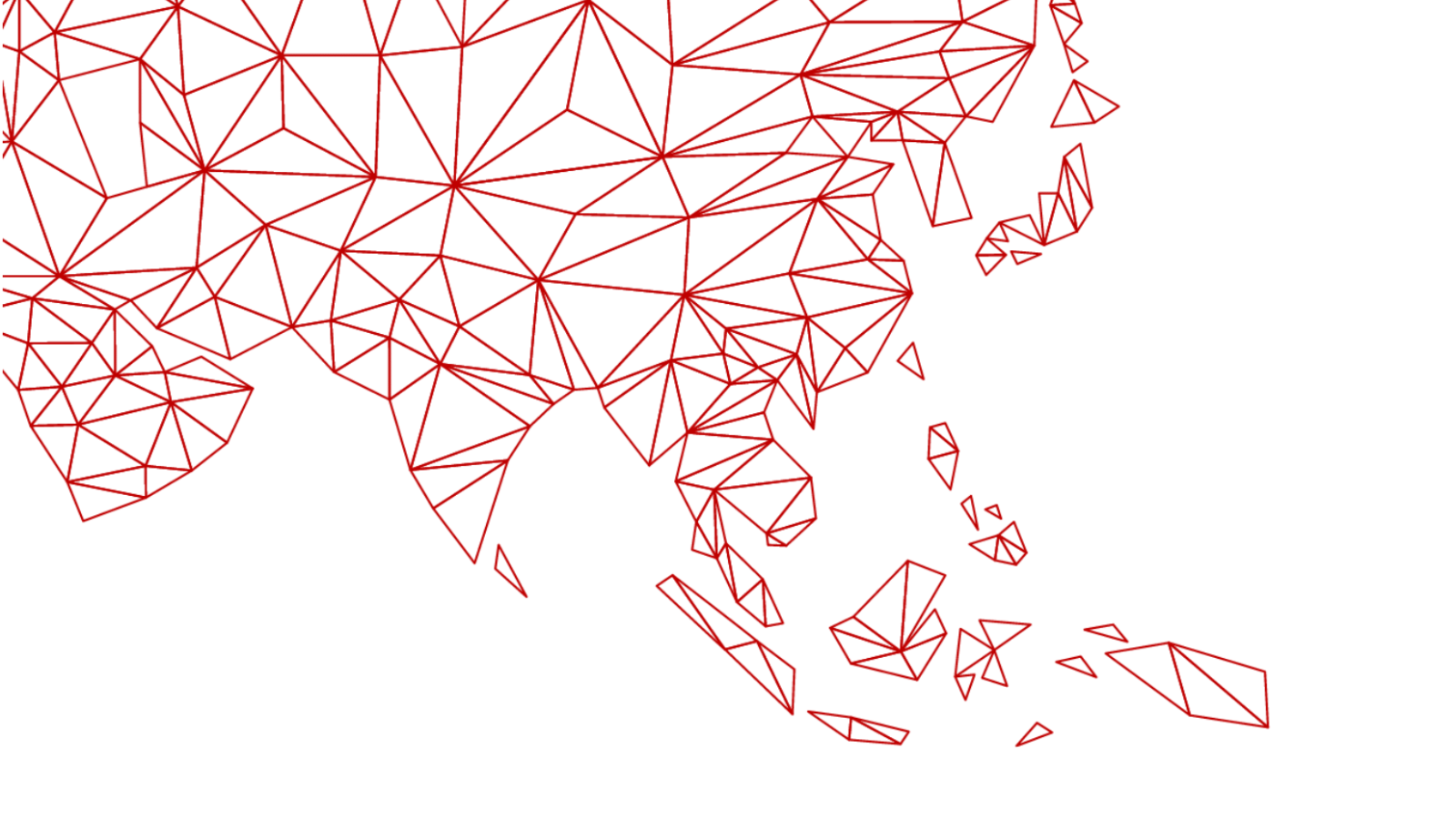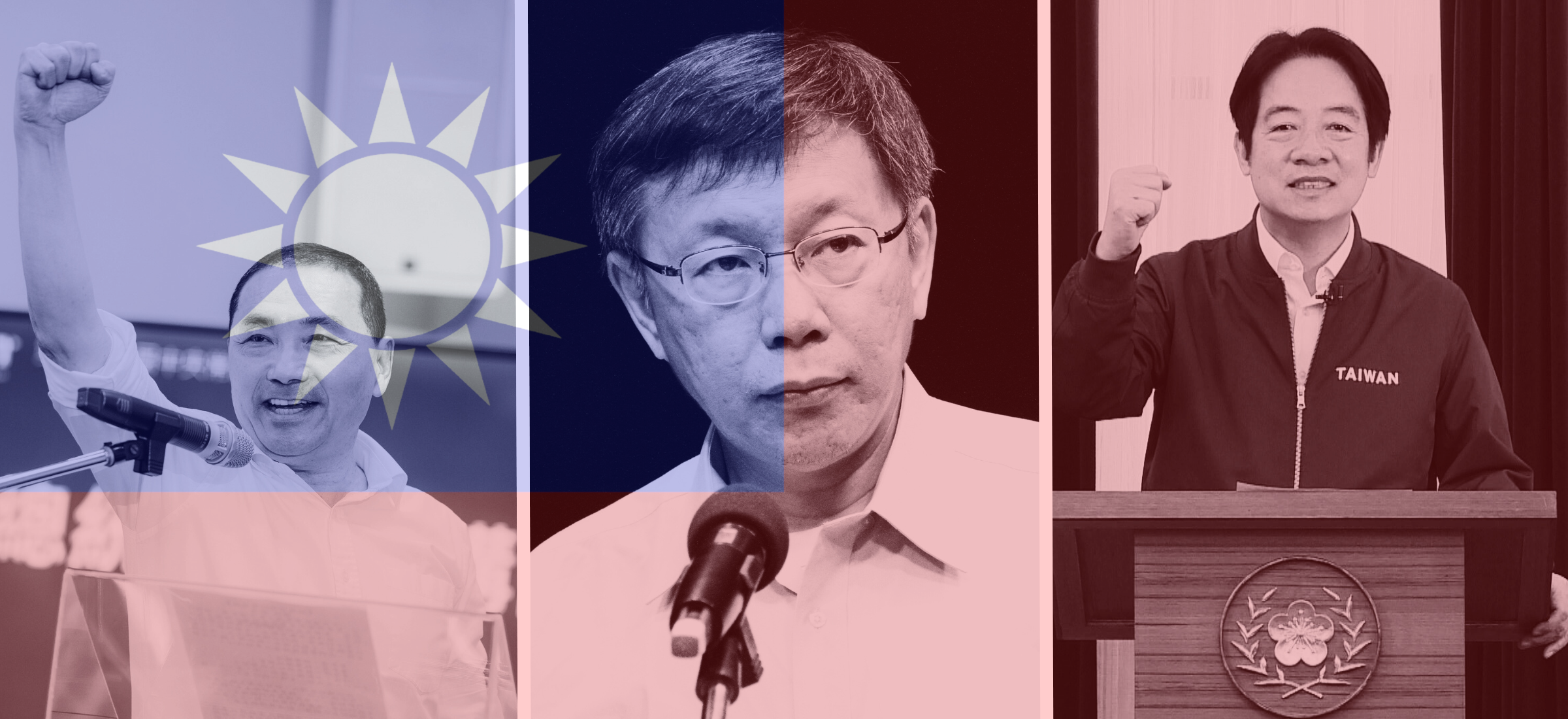This study aims to provide the Ministry of Foreign and European Affairs of the Slovak Republic with a systematic overview of the Indo-Pacific strategies of big and small European countries. The findings of this study will subsequently enable decision-makers to learn from best practices but also identify niches in other strategies that Slovakia can exploit.
The study starts with a brief analysis of why and how the new concept of ‘Indo-Pacific’ was coined in the early 2000s. It then outlines the geostrategic and geo-economic reasons why many Western and Indo-Pacific nations have issued specific Indo-Pacific strategies in the last decade. European countries and the European Union (EU) are latecomers in this process.
Our experts applied a content analysis on the European strategies. In addition to identifying key terms such as ‘rules-based order,’ ‘like-minded partners’ or ‘maritime security,’ the study also evaluates whether the strategies contain specific means of implementation.
The study provides a brief summary of the strategies of the EU and key countries and a table enabling a direct comparison of the strategies. Based on our analysis of the different strategies, we propose recommendations for key elements that an Indo-Pacific strategy of Slovakia (or other small states) should take into account.











